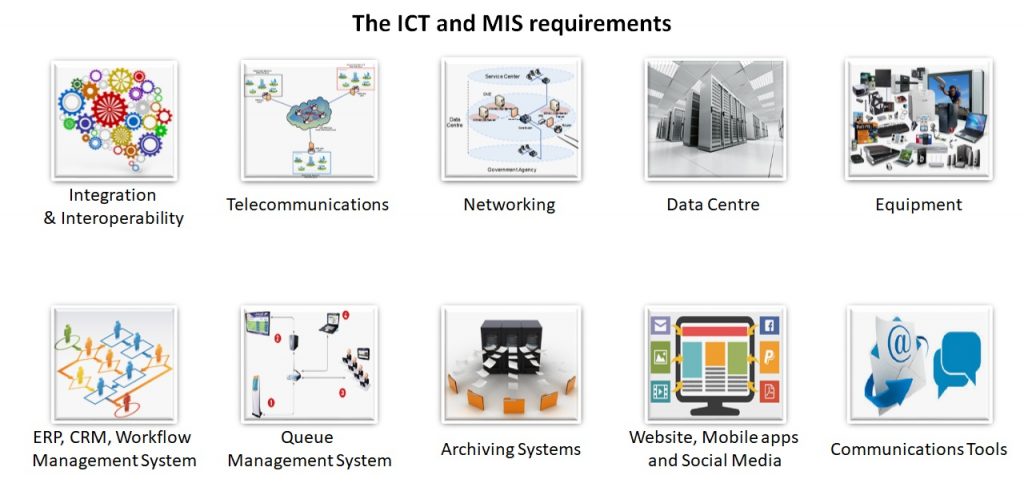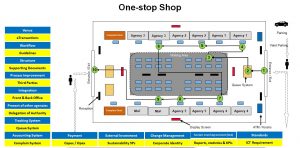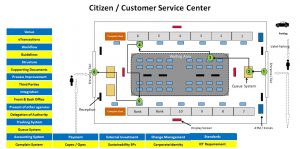BEST SERVICE
IT Consultancy Services
Often, when you experience the extreme transformation to the IT environment, different IT impacts and work culture, It is clear that's not so easy without proper guidance.
Expertise in IT Consulting Solution
But, we at, GMH Solutions, Support you owe to serve you with our innovative services of IT Consultants. GMH Solutions helps you providing exceptional support for your business to manage the change and the impacts of using a new information technology.
Our intention of creating a hassle-free environment for your business gives us even more strength to serve with maximum efficiency.
Our IT Consultant services include complete integrated solutions for your business needs, and our customization depends on the clients business and also personal requirements. Our prospective IT deliverables are cost-effective, flexible and very customized.

We provide an independent and objective oriented assessment of your existing IT environment and thus help you understand the core benefits and risks involved In addition to these services, we also provide business solutions which are both practical and insightful adding real value to your organization.

Our line of IT implementation and consulting services includes:
Strategic / Business Planning.
Change Management.
Commercialization Services.
Organizational re-Design.
We serve a variety of sectors to resolve their IT issues, including automotive, consumer products, construction, biotechnology, energy, utilities, health care, financial, education institutions, and research, public sector, transportation and consumer services.
Our IT implementation services feature:
eGovernment Consulting Services
On basis of the existing, improved processes for public service design and delivery, ensuring inclusiveness, co-creation and responsiveness to needs of the beneficiaries:

- Support and build the capacity of the government entities staff in development and implementation of the Public Service Design, Delivery Strategy, and action plan.
- Support the responsible government entity in the establishment of practices of Administrative Simplification for the public service delivery
- Carrying out a detailed analysis of the procedures already identified in the involved government entities, with identifying all details of the mapping completed and analyze the rationale behind steps and requirements.
- Diagnosing the cause of complexity and suggesting alternative solutions.
- Verify the roots and the causes that lead to the creation of cumbersome procedures,
- Implement the required methodologies to prioritize which administrative burdens can be reduced, and in which procedures shall we start with, in terms of feasibility and effectiveness.
- A set of recommendations that will form a comprehensive method of introducing simplification of procedures inclusive of considerable reduction of administrative burdens, taking also into account the results of the legal analysis and the analysis of organizational structures and ICT development level.
- Standardization of the forms with the aim to contain the number of Information Obligations and the production of documents to be processed.
- Identify the possible presence of functional overlaps among departments and sections of the examined entities.
- Identification of sustainable options for organizational restructuring and functional streamlining
- Standard model of job descriptions, how they are formulated and managed as well as whether they are in line with the world best practice regarding contents, use and way of formats, and also analyze whether the model currently in use can match the requirements for a new processes management model, and which adjustments may be proposed.
- Identify the rules, roles and procedures for managing services.
- The scope of the One-Stop-Shops / Customer Service center and their role in the execution of administrative procedures.


Our services also include improve the quality and increase number of electronic public services and strengthened e-governance policy coordination:
- Support the responsible government entity in further advancement of electronic governance and improvement and increase the number of electronic public services
- Analyze existing interoperability by examining how well-planned interoperability framework will enable the Government to improve efficiency effectiveness and transparency in service delivery to citizens.
- Analyze the level of automation system of the existing administrative procedures information system and as main support to administrative simplification and business re-engineering.
- Analyze the current legal basis, infrastructure, hardware, human resources capacity building needs in relation to the need for improved electronic management of procedures and simplification.
- Analyze the E-Government Portal in view of identifying potential e-services that can be developed and deployed on the e-government portal.
- Analyze how a well-defined technology platform can contribute to the simplification initiative.
- Analyze the input Government transaction forms and output documentation that needs standardization according to the existing Government Transactions Forms guidelines.
- Provide clear indications on how the development of a working ICT system can prevent or phase out administrative red tape and procedural bottlenecks that cause complexity; and
And finally, provide appropriate suggestions on how information exchange can take place with the help of IT during the execution of procedures requiring the intervention of more than one ministry.
For the purposes of simplification, an important consideration is the fact that information technology can have a useful, even important, role in the design of a regulatory process. Indeed, the proposed implementation of new technology may serve as an enabler to simplification. During this phase, the Contractor is to assess the existing information systems based on the following list:
-
- IT Governance.
- Processes for Software Development and for IT Operations.
- Existing Infrastructure.
- Hardware (servers, desktops, laptops, printers, scanners, etc.)
- Operating systems
- Databases
- Network topology
- Network components
- Existing Server Rooms.
- Physical controls
- Environmental controls
- Security.
- Logical security controls,
- Network infrastructure security
- Information Security management
- Mobile computing.
- Business Continuity and Disaster Recovery.